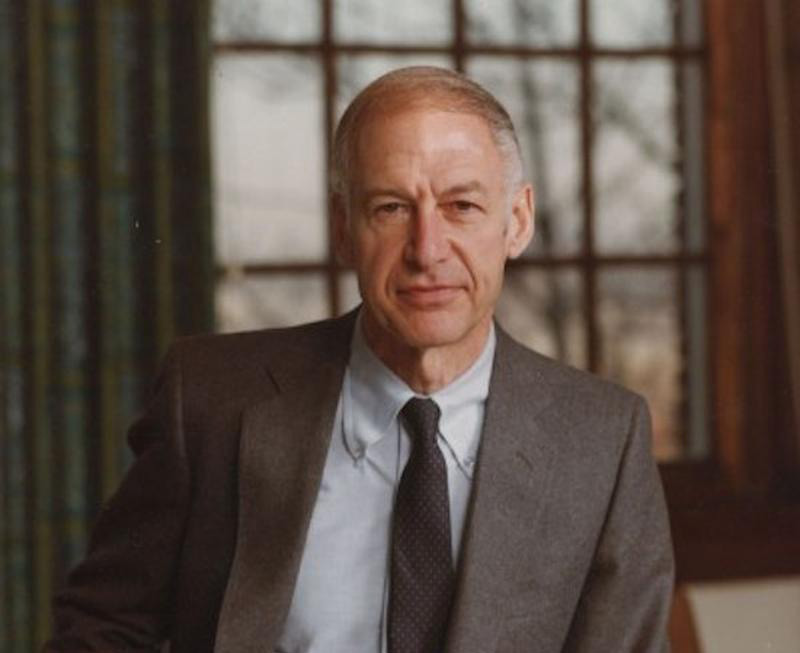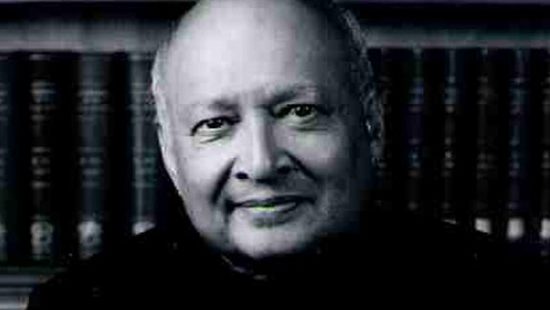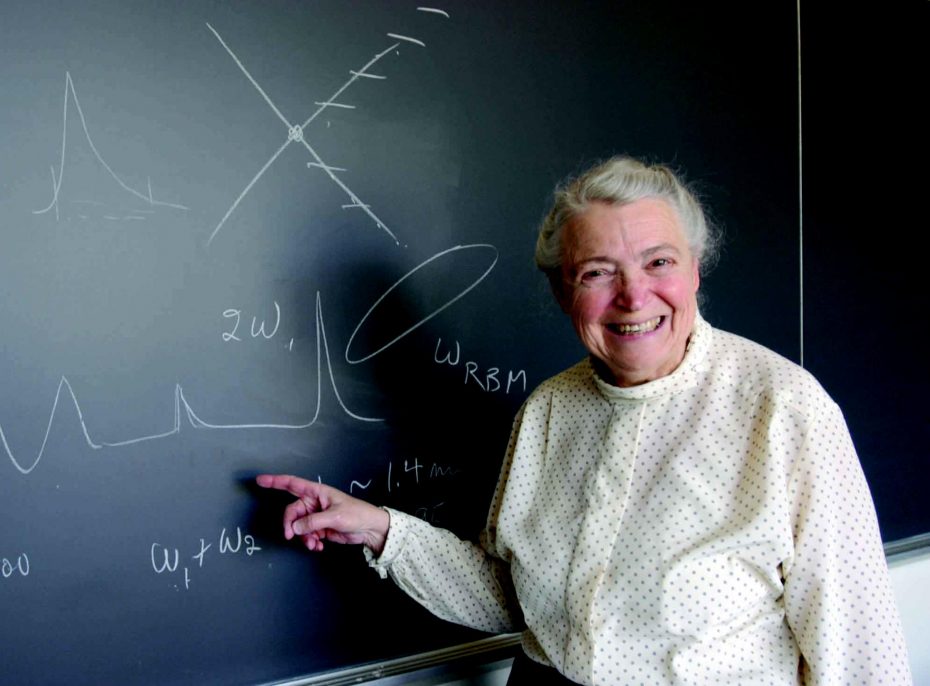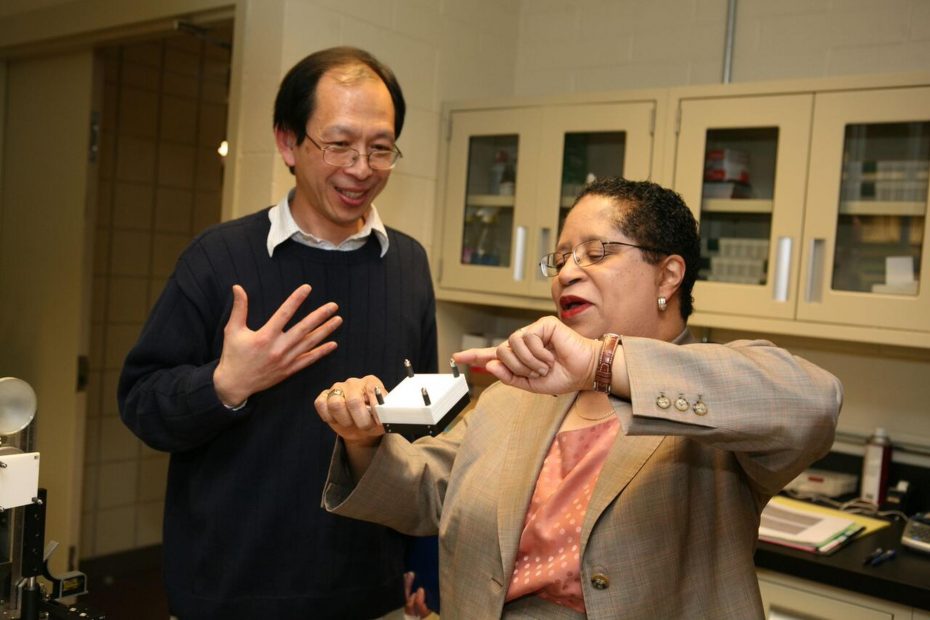As Germany began its occupation of Austria in 1938, George Low and his mother left their home country to come to the United States. A few years later, Low began attending Rensselaer Polytechnic Institute, but left in 1944 to serve in the U.S. Army during the remainder of World War II. After the war, he returned to Rensselaer to finish his education in aeronautical engineering and went on to become a key figure in the development of American spaceflight.
After receiving his masters, Low joined the National Advisory Committee for Aeronautics, the precursor to NASA. After helping organizing the new agency, he became NASA’s chief of manned of space flight in 1958 and worked on planning the Mercury, Gemini and Apollo projects.
In 1964, he moved to Houston to work as deputy director of the space center there — now known as the Johnson Space Center. But after the Apollo 1 fire killed three astronauts in 1967, Low was put in charge of the Apollo program and overseeing its redesign.
Low became NASA’s deputy administrator in 1969, working on projects such as Skylab and the Apollo-Soyuz Test Project as well as the early phases of the Space Shuttle program. Low left NASA in 1976 to return to Rensselaer again, but this time as its president.
By Jacob Kerr






